Smooth and even skin tone is a sign of healthy skin. Rosacea, an inflammatory skin condition, causes noticeable redness across the face that leaves a flushed and sometimes swollen or mottled appearance and can happen with any skin type at any age or gender.
Rosacea often flares and then subsides, sometimes leaving swollen cheeks, chin, and nose and a deep vascular discoloration of red or even purple vessels right under the surface. There are often but not always exposures or activities that can trigger episodes, like eating or drinking certain foods and being exposed to certain weather, temperature, physical workouts, changing hormones, all stressors, and/or direct sun exposure.
Dr. Baron has responded to this condition with a focused approach that includes non-surgical procedures to reduce the vascular component and personal skin care products for maintenance and prevention. For visible redness, swelling and broken capillaries, Dr. Baron recommends broadband light (BBL) photo facials to restore and balance your complexion. To maintain redness reduction and to reduce inflammatory breakouts, she also has specific topical regimens that are up to the task. Typically, for persistent rosacea, she recommends bi-annual or annual BBL treatment coupled with a nightly skin care routine and a morning quality mineral-based sunscreen in combination with moisturizers, make-up or just as a stand alone.
Why Do I Have Rosacea?
One in 10 Americans (plus many people worldwide), suffer from rosacea, an inflammatory condition with no medical cure. The risk factors for developing rosacea are broad and include lighter skin types and hereditary factors, and any skin type (color, race, age and gender) can be affected.
New onset rosacea usually starts between the ages of 30 and 50, but there are younger and older people who can have a first time episode. The most common signs and symptoms are redness of the whole face, and sometimes neck, chest, and eyes. A subset of sufferers will also have acne-like bumps around the chin and cheeks, swelling of the cheeks, bloodshot or dry eyes, and/or persistent flushing.
What Are Rosacea Triggers?
There are many general and also many personal triggers that can be identified wth rosacea flare-ups. It's not a bad idea to become aware of those triggers if you have rosacea so you can try to avoid them whenever possible. Known general triggers (not true in every case) are:
- Hormone changes
- Environmental shifts in humidity, temperature, ultraviolet intensity
- Certain foods, spices, alcohol
- Exertion, body temperature
- Emotional and physical stress
- Some medications
Options for Reversal and Management
In addition to reducing your exposure to triggers, diligent use of a zinc-based sunscreen with an SPF between 30 and 50 is definitely the best self-care step to prevent flares. If you use a cleanser in your daily routine, keep it "grit" free so that you don't cause more inflammation (e.g. go with an AHA instead of grit). Gentle, non-detergent cleansers are also recommended: use an antioxidant (green tea) or aloe vera for even better care.
To "douse the fire" in moderate-to-severe cases, there are first-line treatments, both pharmaceutical topicals (creams, gels, lotions) and oral systemics (anti-parasitics, antibiotics). These are usually prescribed for 2 - 6 months to help rebalance the inflammation and reduce the population of certain organisms that could be triggers as well. For successful maintenance, there are a few variables to address.
One of the most common issues with rosacea is the redness and vascular component. Dr. Baron recommends using photofacial therapy using broadband light (BBL) to give you a year or more relief from redness, flushing and swelling. This light-based therapy reduces redundant broken capillaries and also stimulates the production of collagen in the dermis.
While there are few effective topical treatments for redness, antioxidants (e.g. green tea), caffeine, aloe vera and tropical oils like macadamia nut oil are proven to reduce redness and inflammation. Our Moisture Dew Complexion cream, Green Tea & Caffeine Lotion, and Caffeine Eye Complex target these imbalances and provide instant and sustained redness relief.
Dr. Baron and her team are here to help you determine your best approach to your rosacea and your skin care priorities. If this includes an initial systemic treatment, a well-balanced medical-grade topical routine and/or a procedural approach to reduce redundant broken capillaries, Dr. Baron will discuss your options and recommend a customized approach that will set you free. Our procedural days include Tuesdays, Wednesdays and Fridays. Dr. Baron will answer all of your questions and provide her expertise at our San Jose office. Call us today to schedule, or check back soon to book online through our practice website.
Read more
Non-surgical cosmetic procedures such as Botox® and facial fillers have revolutionized the medical aesthetics field, battling wrinkles, facial contour and other signs of aging without resorting to ...
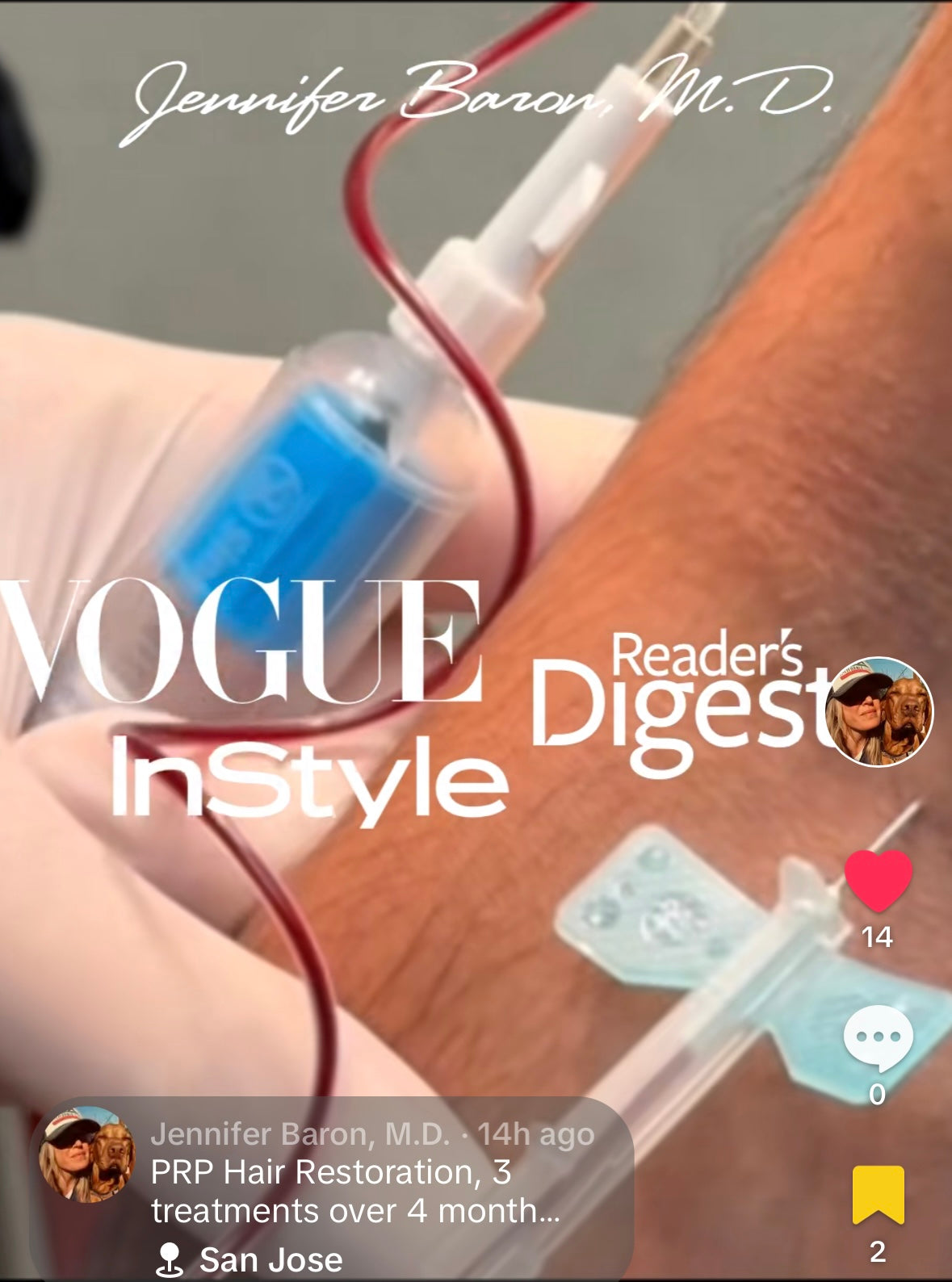
PRP for acne scars, collagen renewal and hair restoration is safe and effective, so what happened in a New Mexico medspa?


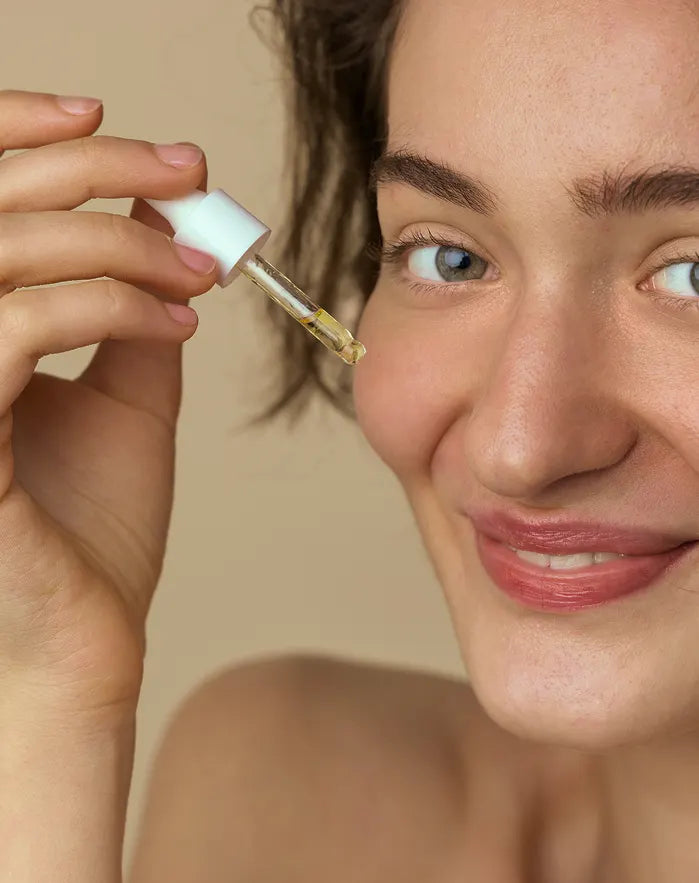
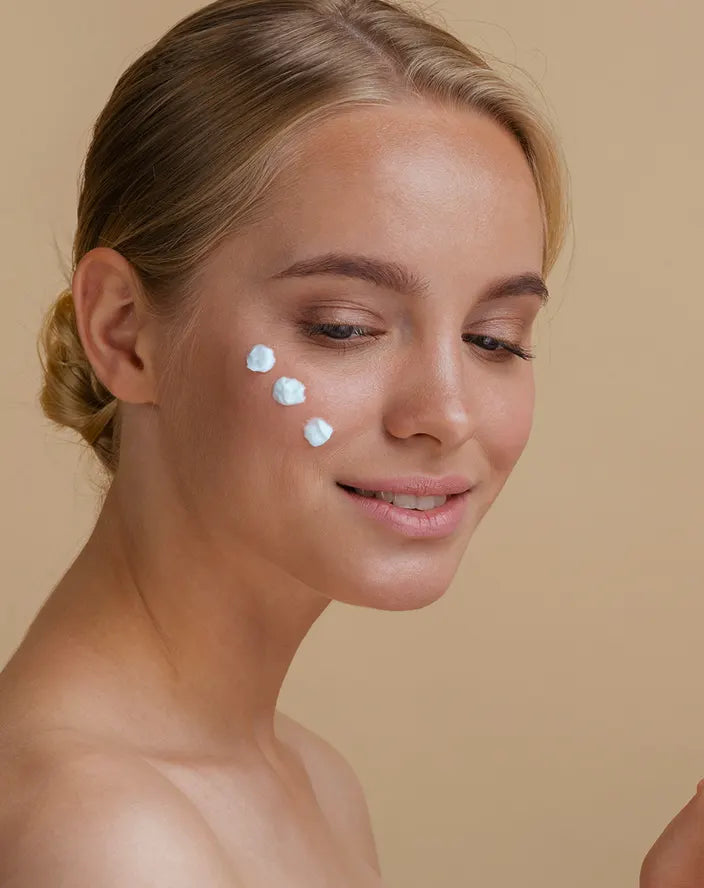
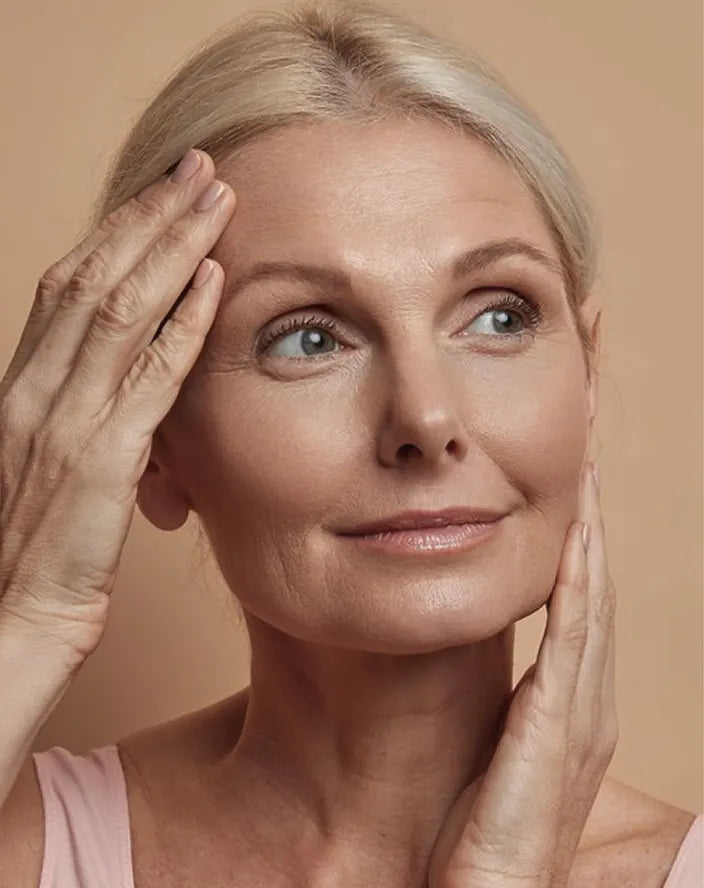
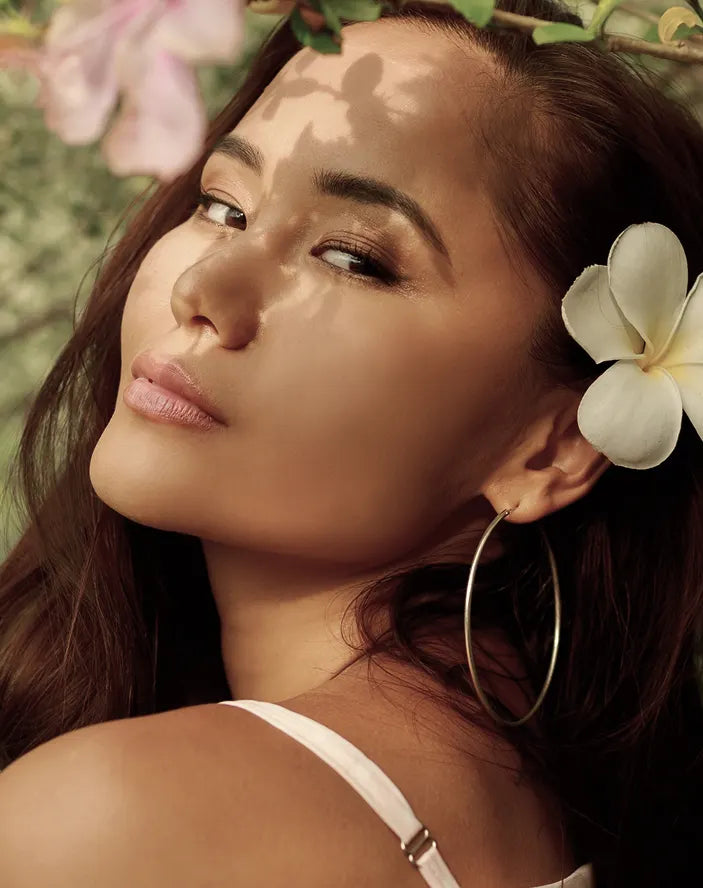
Leave a comment
This site is protected by hCaptcha and the hCaptcha Privacy Policy and Terms of Service apply.